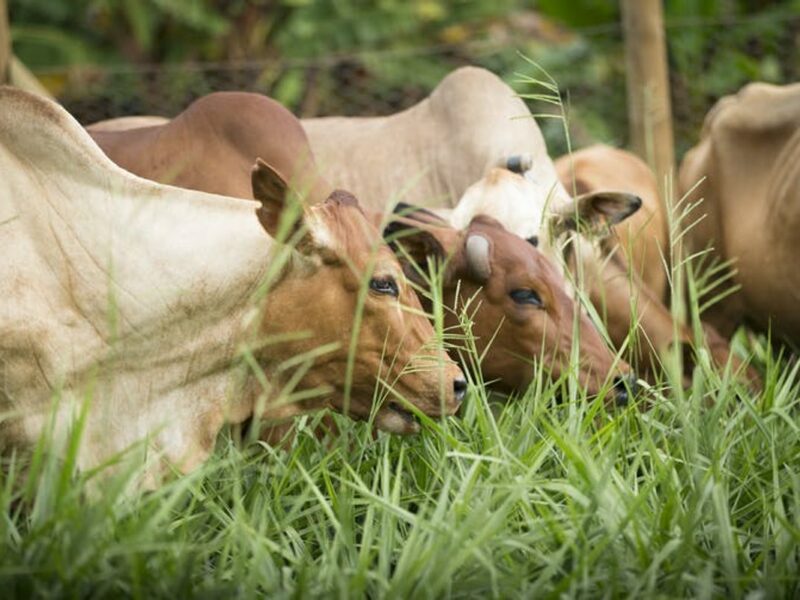Brachiaria’s forage quality was recognised by scientists in the 1950s. It has a high biomass yield potential and is adaptable to low-fertility soil. South American farmers, especially in Brazil, started using Brachiaria on a large-scale in the early 1970s and it is recognised as being key to the region’s booming beef industry.
AuthorSita Ghimire
Principal Scientist - Plant Pathology, Biosciences eastern and central Africa-International Livestock Research Institute Hub.
Sita Ghimire is a Principal Scientist of Plant Pathology at ILRI with 30 years of experience in basic- and applied-research, technology transfer and training next generation researchers particularly on modern biosciences and their applications in addressing agricultural challenges faced by smallholder farmers (SHF).
He has developed and managed 25 interdisciplinary and collaborative projects to enhance food and nutrition security (FNS), resilience, and livelihood of SHF through the development and scaling of innovative crops and livestock solutions, and enhancing capacity and knowledge sharing among farmers, public and private institutions, and development partners.
At ILRI, he leads three projects each on Brachiaria grass (forage), legume and maize/millet that involve over 70 scientists and 20 institutions from Africa, Australia, and Europe. Some innovative solutions developed over the years have impacted on FNS and resilience of SHF. For example, about 80,000 households from 21 African countries have realized higher milk production through the adoption of Brachiaria grass; over 40,000 households in four countries of eastern and southern Africa have increased farm productivity through maize-legume intercropping; and thousands of farmers in western Nepal sustained potato productivity by adopting integrated disease management methods.
He has co-authored 110 scientific and non-scientific publications, presented research findings in national, international meetings and conferences and contributed to several successful grant applications totaling USD 35 million. He has supervised 68 people (university interns, graduate students, research fellows, and postdoctoral scientists). His research has generated Intellectual Properties (IPs) and royalties. He is a member of ILRI’s Institutional Biosafety Committee and the UK Research and Innovation’s International Development Peer Review College.

